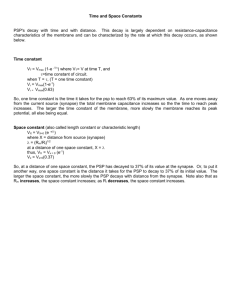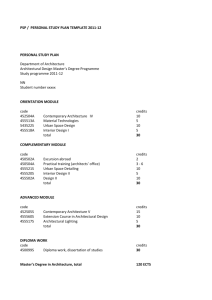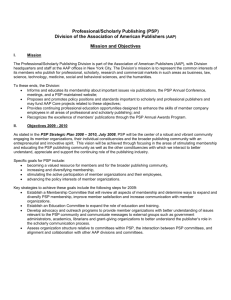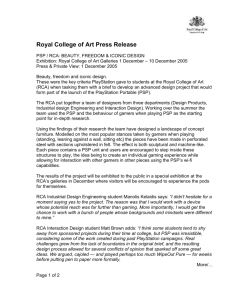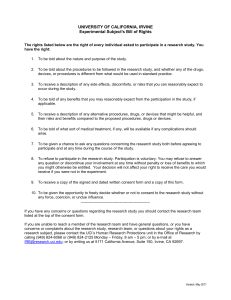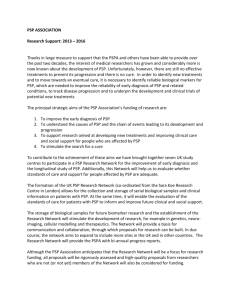Eye and Parkinson`s/ PSP
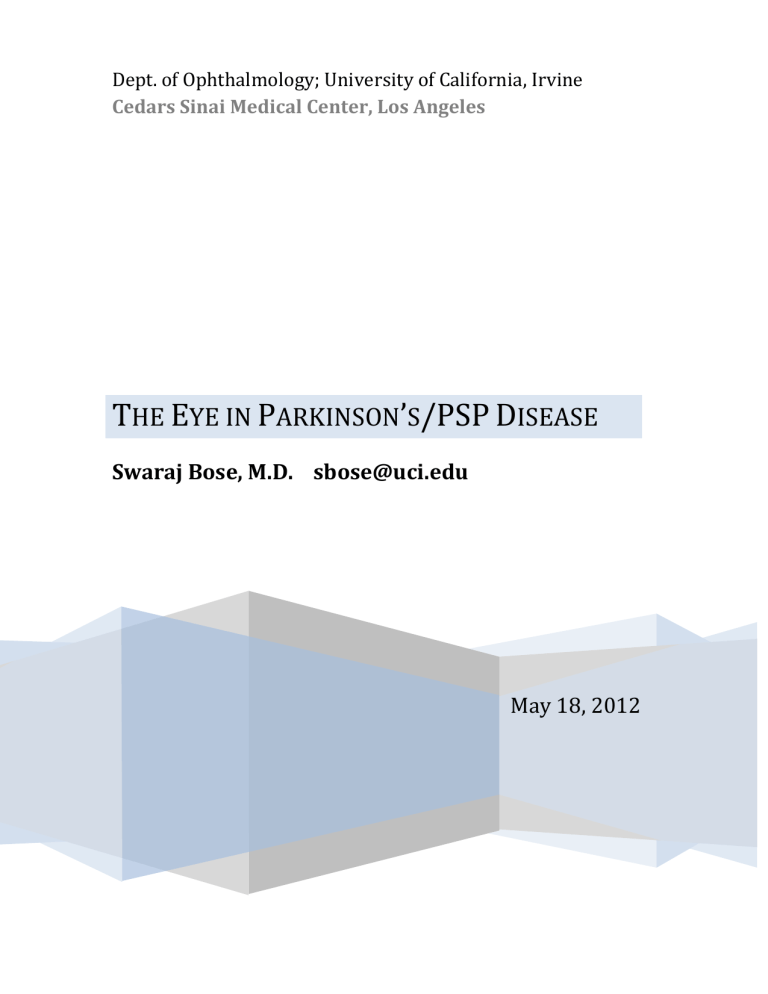
Dept. of Ophthalmology; University of California, Irvine
Cedars Sinai Medical Center, Los Angeles
T
HE
E
YE IN
P
ARKINSON
’
S
/PSP D
ISEASE
Swaraj Bose, M.D. sbose@uci.edu
May 18, 2012
Summary:
Visual disturbances and eye changes including problems with eye movements are commonly seen in patients with Parkinson’s/PSP/Atypical Parkinson’s
Visual complaints are usually distortion or blurry vision, near vision problems, color vision abnormalities and even visual hallucinations
Eye movement abnormalities include: difficulty in convergence (bringing the eyes together while reading), lack of vertical movement of eyes (upward /downward gaze abnormality) and slow eye movements (saccade and pursuit) and eye movement asymmetry
Other problems include a decrease in blinking of eyelids, difficulty in opening the eyelids, dry eyes and lack of facial expression
These eye conditions, if diagnosed early in the course of the disease, can be treated and managed by an ophthalmologist or a neuro-ophthalmologist
Simple measures used in visual rehabilitation + medications given by the movement disorders’ neurologist + supportive care: can significantly alter the
quality of life of patients with these conditions.
Eye & PSP/ S. Bose Page 2
Common Eye Complaints:
Related to disturbances of down-gaze (PSP)- o Difficulty in coordinating eye movements while reading even if their vision is normal, especially through their bifocal glasses o Difficulty in eating because they cannot look down at their food on the plate o Difficulty in going downstairs and stepping off curbs
Related to lack of convergence/ fast and slow tracking- o Difficulty in focusing, words run into each other o Hard to shift down to the beginning of the next line automatically after reaching the end of the first line o Inability to quickly move eyes up or down o Inability to track moving objects or maintain eye contact o Double vision
Related to vision disturbances- o Difficulty in focusing/ blurry vision/ visual hallucinations o Change of reading glasses at a quicker intervals o Decrease in contrast sensitivity (difficulty in distinguishing shades of gray) and color perception
Eyelid abnormality o Difficulty in voluntarily opening their eyes (apraxia) o Forceful eyelid closing (blepharospasm, Rx: Botox ) o Decrease in the rate of blinking (3-4/min vs. 20/m)
Dry eyes o Burning sensation, redness, watering, itching, excessive tearing, rubbing of eyes, blurry vision, o Double vision with one eye- usually result in ‘ghosting’ of images or shadowing of images
Eye & PSP/ S. Bose Page 3
Treatment: A multi disciplinary approach
Diagnosis of the movement disorder is important – this will determine the course , manifestations and outcome
Communication with neurologist, neuro-ophthalmologist, rehabilitation personnel, nurses, therapists, care givers, neuropsychiatrists & primary care physicians is - VITAL
Record a thorough history
Set realistic goals
A thorough eye examination should include- o Best corrected for distance/near vision o Color vision o Visual field examination o Detailed record of eye movements in all directions o Prism measurements and correction o Evaluation of eye surface including dry eyes o Eyelid evaluation o Convergence estimation o Retina and Optic nerve evaluation
Prescribe glasses for distance and near
Optimize eye movement problems by exercises, prisms and rehabilitation
Treat dry eyes and other associated eye conditions
Alter/Re-design equipment for reading (lighting, position), position of book and food (at eye level), devices/support for walking and stepping down stairs to prevent falls (safety)
Take medications regularly/ watch for side effects
Eye & PSP/ S. Bose Page 4
Living and Seeing well with PSP:
Safety begins at home- o Rooms/hallways free of clutter o Remove cords/rugs from floor o All rooms well lit, night lights along hall ways o Install grab bars in shower, stairs to prevent falls o Cane, walker, wheel chair
Proper reading lights (from left and behind)
Reading material- books/newspapers at eye level (use piano reading stand)
Place food at patients’ eye level, raise table, small platform
Get correct glasses prescription filled
Use separate glasses for reading and distance
Use lubricating eye drops like Systane or Refresh during the day and a gel (Genteal gel ointment) at bed time.
Regular eye exercises (when prescribed), body and breathing exercises
Take medications regularly
Visual hallucinations- can be a side effect of medications
Driving can be tricky, speak with your eye doctor
Keep yourself engaged with some creative activities/projects
Regular follow up with neurologist and neuroophthalmologist
Join a support group
Eye & PSP/ S. Bose Page 5
Notes Page:
………………………………………………………………………………………
Thanks.
Swaraj Bose, MD
Director, Neuro-Ophthalmology; Orbital Surgery
Associate Professor of Ophthalmology & Neurology
University of California, Irvine sbose@uci.edu
Offices:
1.
1 Medical Plaza Dr. Gottschalk Medical Plaza, UCI, Irvine, Ca 92697
2.
101 The City Dr., Pavilion II, UCI Medical Center, Orange, CA
Appointments: 949 824 2020
3.
Cedars Sinai Medical Towers, 8635 W, 3 rd Street, Ste # 390W, Los Angeles, CA
Appointments: 310 652 1133
Eye & PSP/ S. Bose Page 6
